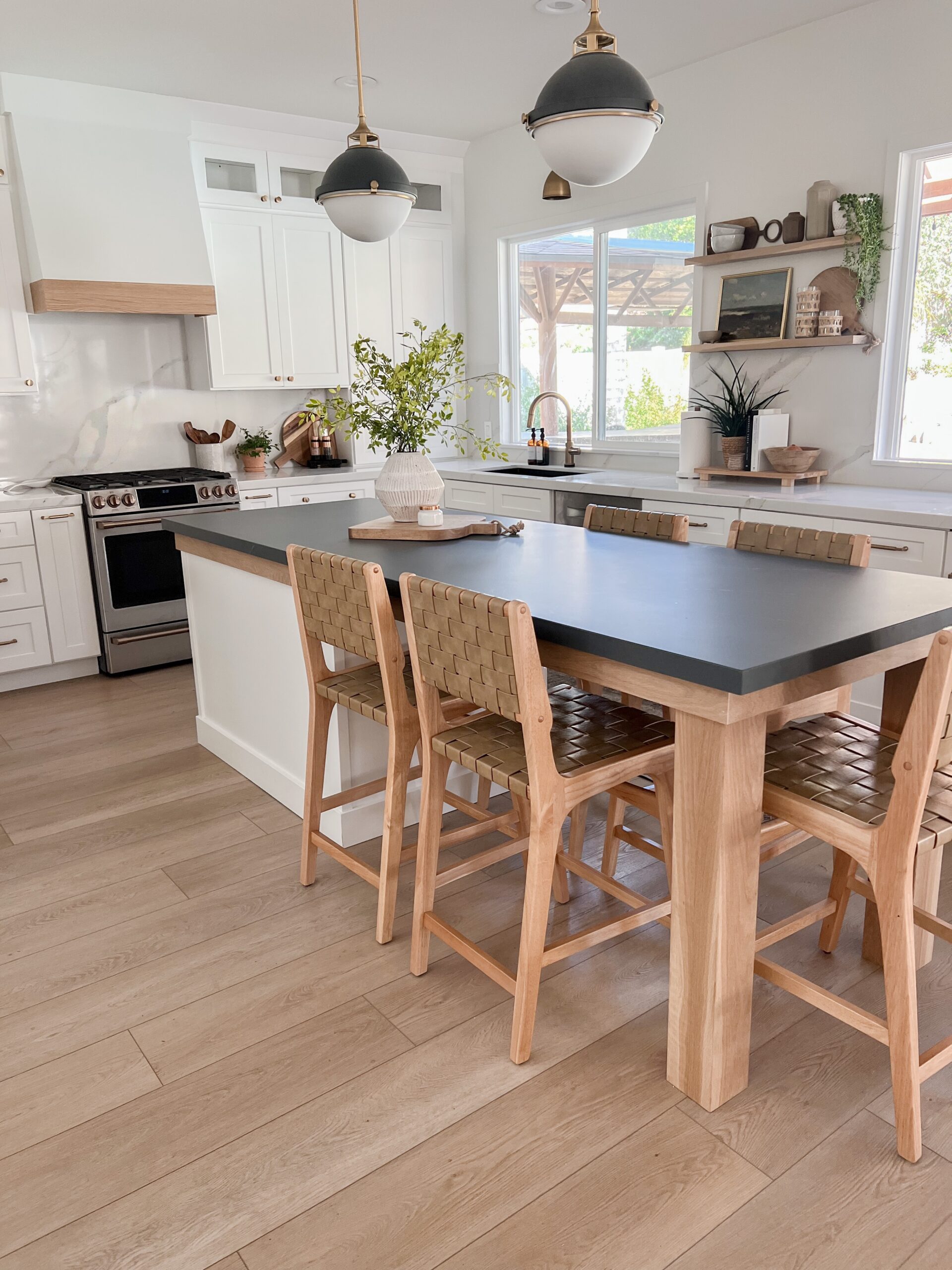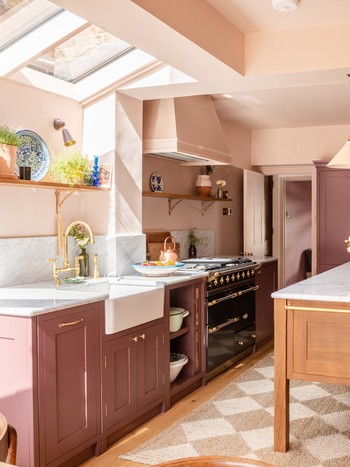Boost Performance and Design Using Top Quality Legs For Kitchen Island
Boost Performance and Design Using Top Quality Legs For Kitchen Island
Blog Article
Crucial Factors to Take Into Consideration When Picking Legs For Cooking Area Island
Picking the suitable legs for a cooking area island includes a mindful assessment of several factors that can substantially affect both performance and visual allure. As we check out these components, it becomes clear that each decision can have far-ranging implications for the overall kitchen area experience.
Product Options
When selecting legs for a kitchen area island, understanding the different product options is vital for attaining both visual appeal and architectural integrity (Legs For Kitchen Island). The selection of material substantially influences not just the durability of the island however likewise its overall style and capability
Steel legs, commonly made from stainless steel or functioned iron, contribute a commercial and modern-day feeling while making sure sturdiness and stability. These materials are immune to use and can support substantial weight, making them perfect for bigger islands.
An additional choice is engineered products, like MDF or plywood, which can be extra economical while still using a range of finishes. They might not offer the same degree of stability as strong wood or steel. Legs For Kitchen Island. Finally, materials such as acrylic or glass can develop a contemporary appearance, though they may call for extra support to make sure stability.
Inevitably, the choice of product for kitchen area island legs should line up with the desired performance and the overall style of the cooking area.
Design And Style

When taking into consideration style, the form and finish of the legs are critical. Tapered legs can give a sense of agility and elegance, while thicker, a lot more robust legs can communicate toughness and stability. Furthermore, the coating-- be it painted, discolored, or all-natural-- ought to match the kitchen cabinetry and counter top products to develop a unified look.
Additionally, the layout of the legs can also show individual preference. Custom or ornamental legs, such as those including detailed carvings or distinct geometric shapes, can work as centerpieces, adding character and character to the kitchen area. Inevitably, the appropriate choice will not only improve performance yet additionally boost the visual appeal, making the kitchen island a standout feature of the home.
Height Considerations
Choosing the appropriate elevation for cooking area island legs is vital, as it directly impacts both capability and convenience. The basic height for a cooking area island normally ranges from check my reference 36 to 42 inches, straightening with typical counter top elevations.

It is additionally necessary to account for customers' elevations and preferences. Personalizing the height can make certain a comfortable experience for all household members, making the cooking area island a much more functional and satisfying space.
Weight Assistance
Ensuring appropriate weight support for kitchen area island legs is vital for both security and capability. The kitchen area island usually serves numerous purposes, including cooking, dining, and extra storage space, necessitating a robust assistance framework. When selecting legs, it is vital to consider the general weight capability called for based on the island's meant usage and the products that will certainly be put on it.
The option of product for the legs plays a substantial role in their weight-bearing abilities. Solid timber, steel, and sturdy composites typically supply remarkable toughness contrasted to lighter materials. Additionally, the design of the legs-- whether they are directly, tapered, or have a pedestal kind-- can influence their ability to distribute weight efficiently across the structure.
Additionally, the leg positioning need to be purposefully intended to boost security. Legs placed at the edges or with a bigger base can much better sustain larger lots. Constantly seek advice from the supplier's requirements pertaining to lots limitations to guarantee that the legs can sustain the intended weight without compromising safety. In recap, picking kitchen area island legs with sufficient weight assistance is vital for creating a useful and risk-free culinary space.
Installation and Upkeep
Proper setup and upkeep of cooking area island legs are vital for making additional resources certain longevity and stability. This commonly entails securing the legs to the island base utilizing proper bolts, ensuring that the legs are level and lined up.
When mounted, normal upkeep is necessary to preserve the stability and appearance of the legs - Legs For Kitchen Island. For wood legs, regular cleansing with a wet towel and application of ideal timber gloss can protect against moisture damage and maintain their finish. Metal legs may require a gentle cleansing solution to remove oil and crud, adhered to by a completely dry towel to stop corrosion development
Furthermore, inspect the legs regularly for indicators of wear or damage, such as splits or loose joints. Tightening up screws or screws as required can likewise prolong the life-span of the legs. By adhering to these installment and maintenance practices, property owners can ensure that their kitchen area island remains sturdy and aesthetically appealing for years ahead.
Conclusion

Visual comprehensibility is paramount in choosing the design and layout of legs for a cooking area island, as these elements considerably affect the total setting of the space. Tapered legs can offer a sense of agility and sophistication, while thicker, extra durable legs can convey strength and stability.Choosing the suitable height for kitchen area island legs is vital, as it straight influences both capability and convenience. In recap, picking cooking area island legs with ample weight assistance is crucial for developing a safe and useful cooking area.
In final thought, choosing legs for a kitchen area island necessitates careful consideration of numerous variables, consisting of material options, style, elevation, weight assistance, and setup.
Report this page